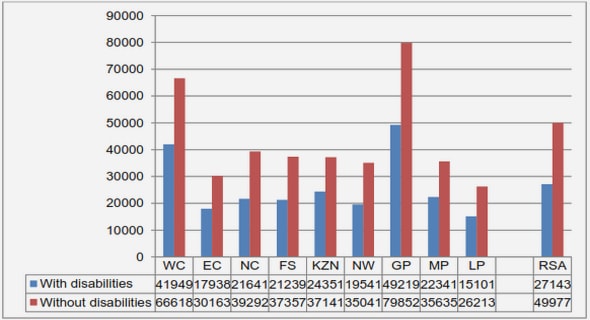(Downloads - 0)
For more info about our services contact : help@bestpfe.com
Table of contents
I Integrability and Bethe ansatz
I.1 Coordinate Bethe ansatz for the Heisenberg spin chain
I.2 Generalization to other integrable models
I.3 AdS/CFT duality
II Q operators for spin chains
II.1 Spin chains and T-operators
II.1.1 Construction of the T-operators
II.1.2 Differential expression of the T-operators
II.1.3 Generalization to super-groups
II.1.4 Hirota equation and CBR determinant formula
II.1.5 Jacobi identity and bilinear equations
II.1.6 Conservation of the number of particles
II.2 Bäcklund transform and Bethe equations
II.2.1 Introduction of the Bäcklund flow
II.2.2 Bethe equations and energy spectrum
II.3 Differential expression of Q-operators
II.3.1 Derivation of the simplest Q-operators, when L = 1
II.3.2 General expression of the Bäcklund flow
II.3.3 Degree of the T-operators
II.4 Relation to the classical integrability
II.4.1 The MKP hierarchy and the CBR formula
II.4.2 The rational solution of the MKP hierarchy
III Thermodynamic Bethe Ansätze and Y-systems
III.1 Example of the principal chiral model
III.1.1 The asymptotic Bethe ansatz
III.1.2 Thermodynamic Bethe ansatz
III.2 General solution of Hirota equation
III.2.1 Examples of (a; s) lattice
III.2.2 Equivalence of Hirota equation and Y-system equation
III.2.3 Typical solution of Hirota equation
III.2.4 Gauge conditions and Wronskian expressions of the T-functions
III.2.5 Writing FiNLIEs
III.3 FiNLIE for the principal chiral model
III.3.1 Y-system equation
III.3.2 Asymptotic limit
III.3.3 Parameterization of the q-functions
III.3.4 Set of equations
III.3.5 Computation of the energy
III.4 Conclusion
IV FiNLIE for the AdS/CFT Duality
IV.1 The Y-system for AdS/CFT
IV.2 The asymptotic limit
IV.3 Parameterization of the T- and q-functions
IV.3.1 Analyticity strips
IV.3.2 Parameterization of the q-functions
IV.4 Set of equations
IV.4.1 The “Physical Gauge”
IV.4.2 The Z4 symmetry
IV.4.3 Set of equations and iterative algorithm
IV.5 Numerical results
IV.6 Conclusion
Conclusion and outlook
A Introduction to representations of matrix groups
A.1 Notations and tensor product
A.2 Representations of SU(2)
A.3 Young diagrams and representations of GL(K)
A.3.1 Young diagrams
A.3.2 Decomposition of the tensor representation of GL(K)
A.3.3 Finite rank groups
A.3.4 Characters
A.4 Generalization to the super-group GL(KjM)
B Properties of co-derivatives
B.1 Diagrammatic expressions for co-derivatives
B.2 Identities involving co-derivatives
B.2.1 Yang-Baxter Equation
B.2.2 Bilinear identities
B.3 Co-derivatives and eigenvalues
Index and notations
References




